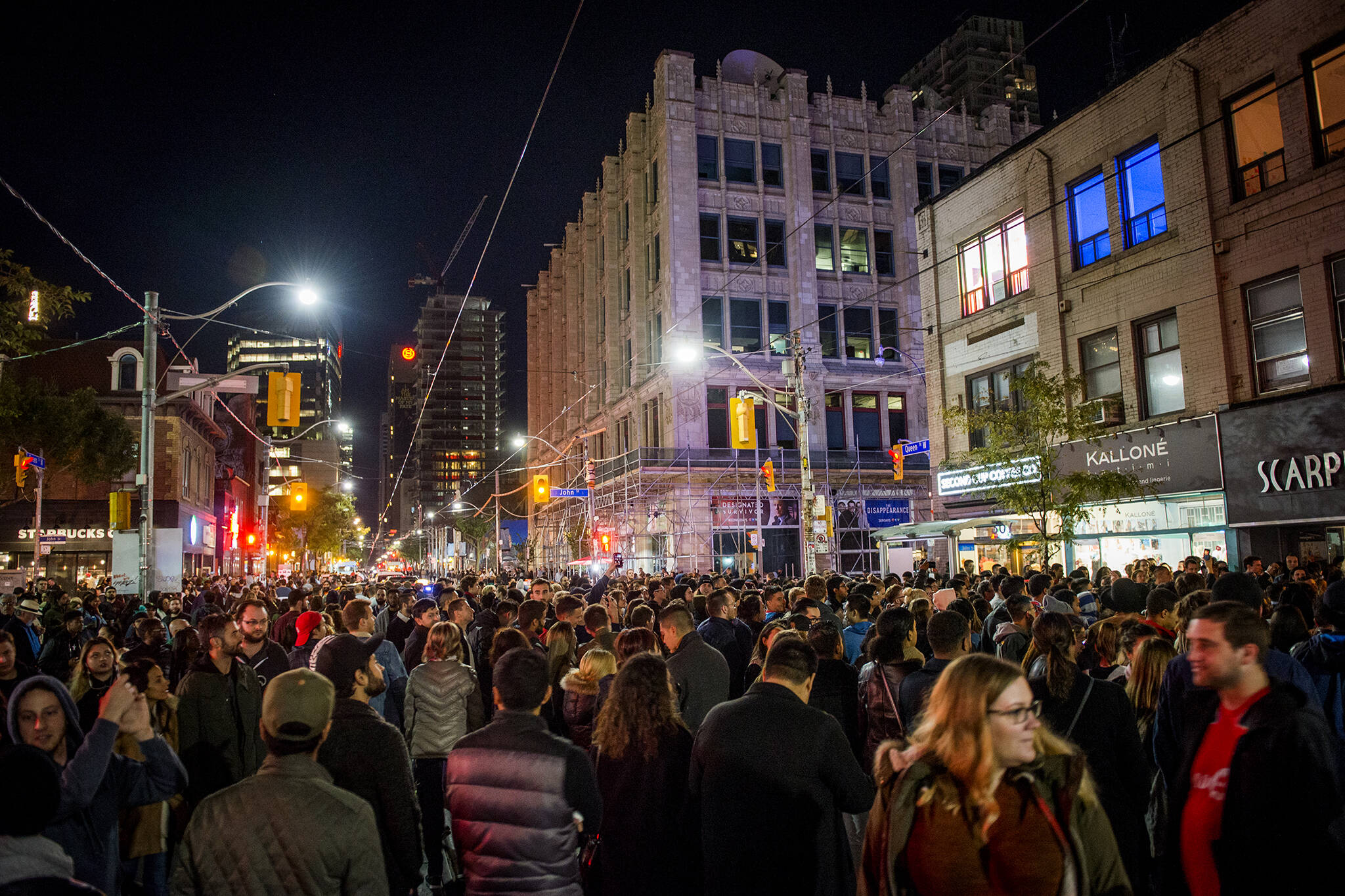
Road closures for Nuit Blanche 2019 in Toronto
Nuit Blanche road closures will be a thing in Toronto this weekend for the 2019 edition of the all-night art thing. With an event of this size there will be a number of road closures for the duration of the weekend.
Partial and full road closures will be in effect due because of the expected mass attendance and also to improve access to the art projects.
As a result, parts of the following streets will be closed to cars:
- Bay St. between Dundas and Adelaide from 8 a.m. October 5 until 12 p.m. October 6.
- Queen St. West between Yonge and University from 4 p.m. October 5 until 10 a.m. October 6.
- Fort York Blvd. between Ianuzzi and Fleet St. from 4 p.m. October 5 and 12 p.m. October 6.
Additional downtown Toronto closures for Nuit Blanche will begin at 8 p.m. on October 4 until 2 p.m. Sunday October 6. These street closures will include:
- Bay St. between Richmond and Queen.
- Dundas Square St. between Yonge and O’Keefe Ln.
- Fort York Blvd. between Angelique and Fleet St.
There will also be road closures in Scarborough fom 8 a.m. October 5 until 10 a.m. October 6. The streets effected include:
- Borough Approach East between Borough Dr. and Ellesmere Rd.
- Borough Dr. between Brian Harrison Way and Town Centre Crt.
- Town Centre Crt from south of the City of Toronto parking lot to Borough Dr.
Hector Vasquez
Latest Videos
Latest Videos
Join the conversation Load comments







